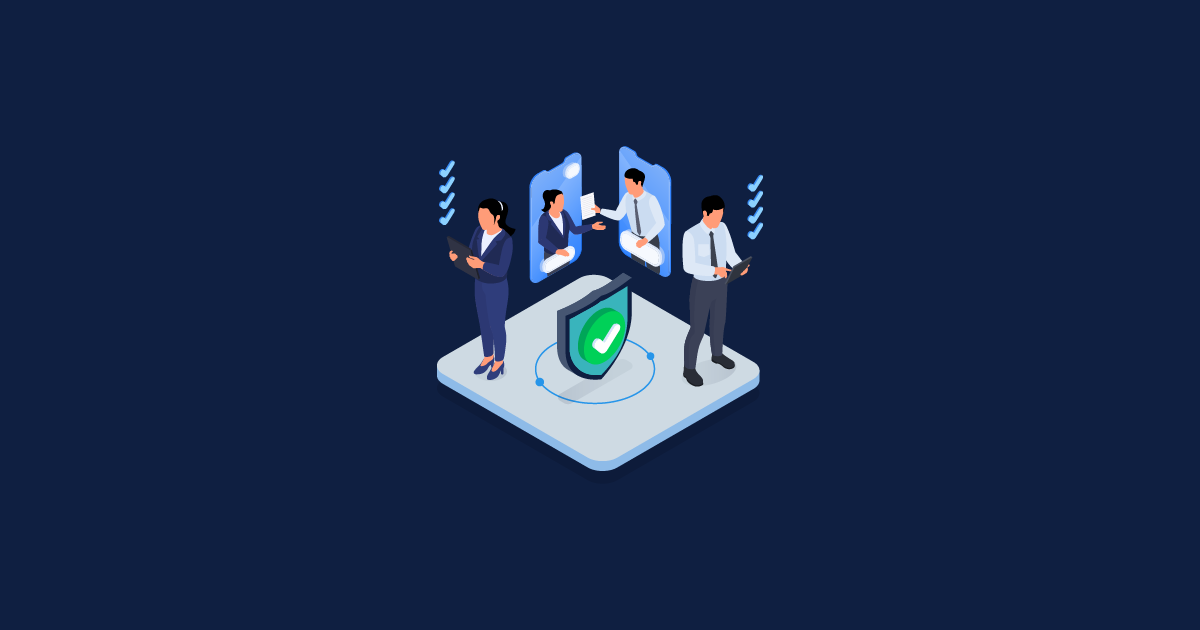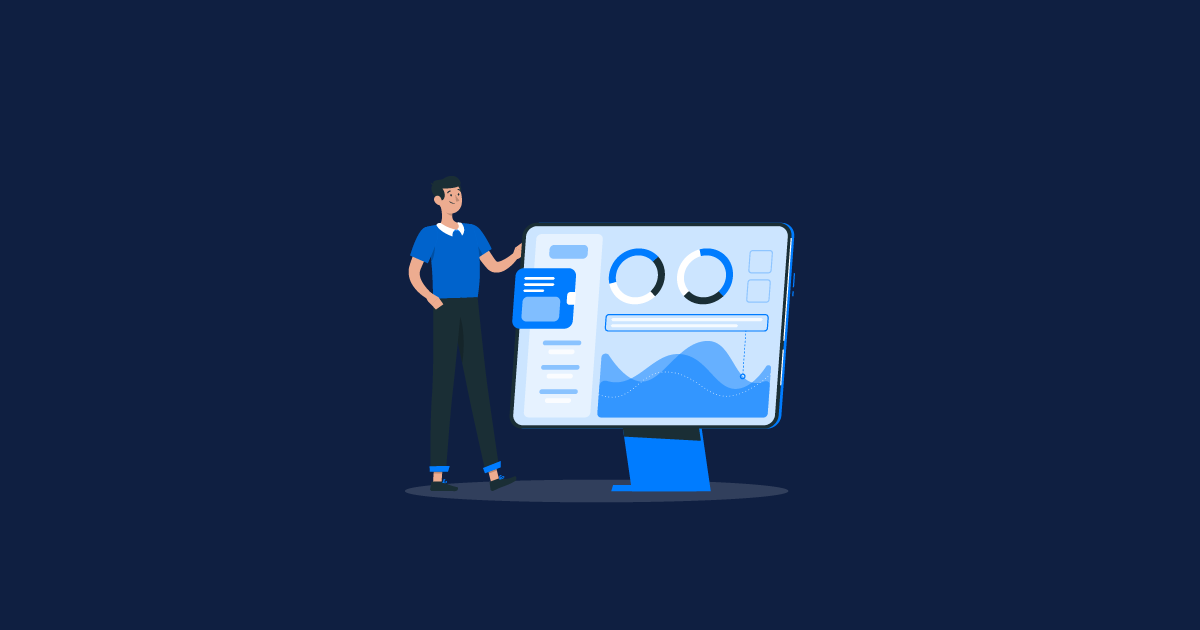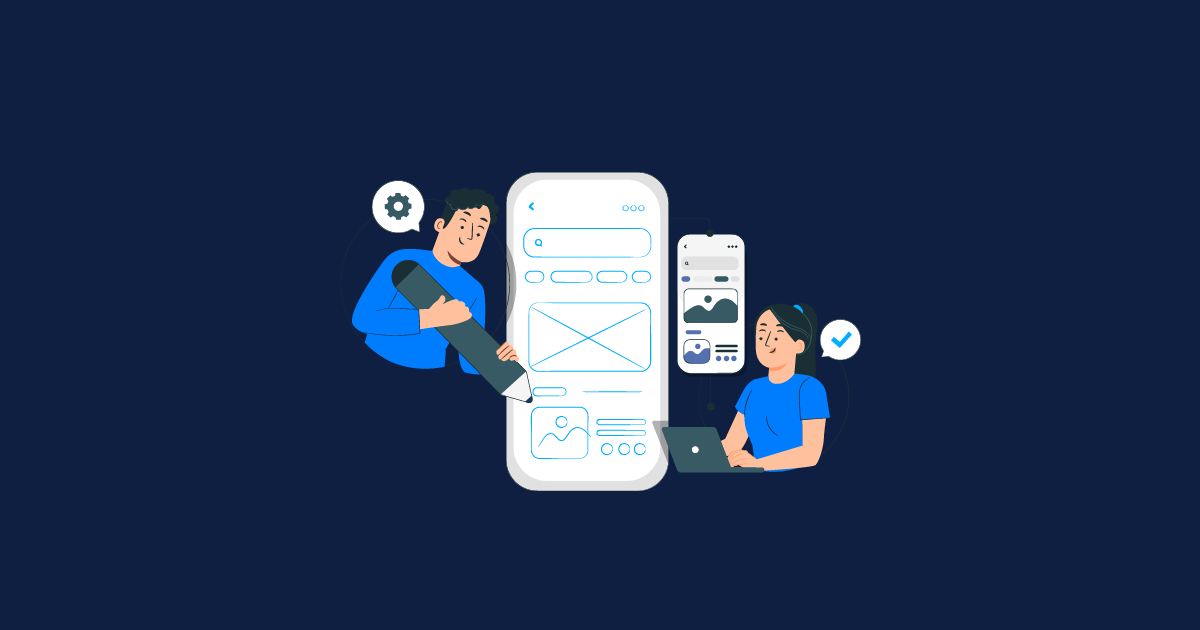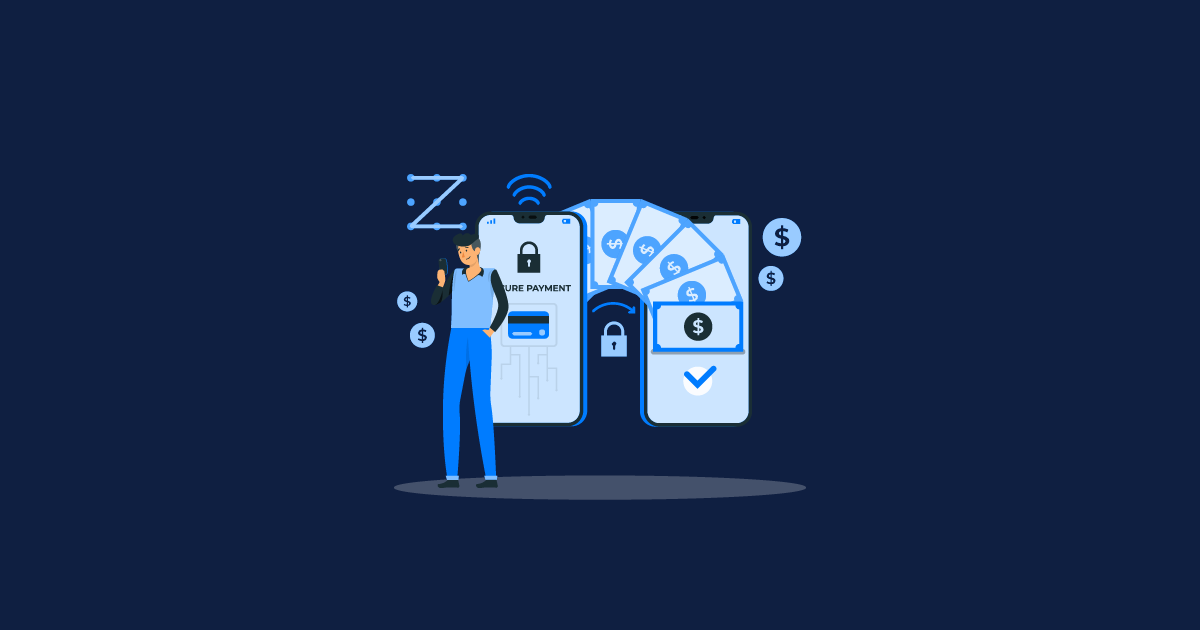Cross-disciplinary collaboration aims to bridge the gap between AI developers and testers by fostering effective communication, shared understanding, and mutual respect between the two disciplines.
Collaboration doesn’t have to be limited to particular academic disciplines or fields of study. Promoting collaborations across different disciplines can result in groundbreaking and innovative outcomes. Take a simple example: a collaboration between a photographer and a poet, where the photographs serve as inspiration for the poetry and vice versa. Through the fusion of diverse artistic practices, these collaborations have the potential to challenge conventional boundaries in art and produce distinctive, thought-provoking works. Additionally, such collaborations can appeal to a broader audience that may not have otherwise interacted with a specific art form.
Now, when we talk about AI developers and testers, cross-disciplinary collaboration helps them build robust, reliable, and high-performing AI systems that meet the evolving needs and expectations of users and stakeholders. By working together closely, developers and testers can leverage their respective expertise to overcome challenges, drive innovation, and deliver impactful AI solutions to the market.
This collaboration not only fosters innovation but also enhances the quality and effectiveness of AI solutions.
Understanding the Cross-Disciplinary Collaboration Between AI Developers and Testers
The realm of AI development encompasses a diverse array of disciplines, including machine learning, data science, software engineering, and domain-specific expertise. Developers are tasked with designing and implementing AI algorithms, models, and systems to meet specific objectives and solve complex problems. Their focus often revolves around optimizing performance, enhancing functionality, and pushing the boundaries of AI capabilities.
On the other hand, testers play a crucial role in ensuring the reliability, robustness, and safety of AI applications. Their responsibilities extend beyond traditional software testing to encompass validation, verification, and quality assurance processes tailored to the unique challenges posed by AI systems. Testers strive to uncover vulnerabilities, identify edge cases, and assess the overall performance of AI models across diverse scenarios and datasets.
Despite their complementary roles, AI developers and testers often operate within distinct spheres, leading to communication barriers between Testers and developers, misunderstandings, and inefficiencies. Developers may prioritize innovation and experimentation, while testers emphasize risk management and reliability. Bridging this gap requires a concerted effort to foster collaboration, promote transparency, and leverage each other's expertise throughout the AI development lifecycle.
Importance of Collaboration
Cross-disciplinary collaboration between AI developers and testers offers numerous benefits that extend beyond the confines of individual roles or responsibilities. By working together seamlessly, developers and testers can:
Enhance Quality and Reliability:
Collaborative efforts enable early identification and resolution of issues, thereby improving the overall quality and reliability of AI systems. Testers provide valuable insights into potential vulnerabilities, performance bottlenecks, and corner cases that may not be apparent during the development phase. Developers, in turn, can leverage this feedback to refine algorithms, optimize parameters, and enhance model robustness.
Foster Innovation and Creativity:
By fostering an environment of open communication and mutual respect, cross-disciplinary collaboration encourages innovation and creativity. Developers and testers bring diverse perspectives, skills, and experiences to the table, enabling them to explore novel approaches, experiment with alternative solutions, and push the boundaries of AI technology. This collaborative mindset fosters a culture of continuous learning and improvement, driving innovation across the entire organization.
Accelerate Time-to-Market:
Efficient collaboration between developers and testers streamlines the AI development lifecycle, reducing time-to-market and enhancing competitiveness. By proactively addressing potential issues and refining solutions iteratively, teams can expedite the deployment and adoption of AI applications without compromising on quality or reliability. This agility enables organizations to respond quickly to evolving market demands, customer feedback, and technological advancements.
Mitigate Risks and Ensure Compliance:
Collaborative efforts between developers and testers help mitigate risks associated with AI deployment, including ethical concerns, privacy implications, and regulatory compliance. Testers play a crucial role in evaluating AI systems against established standards, guidelines, and industry best practices, ensuring adherence to legal and ethical frameworks. Developers, in turn, integrate feedback from testers to implement robust safeguards, enhance transparency, and uphold the trust and integrity of AI solutions.
Best Practices for Cross-Disciplinary Collaboration for Project Success
To maximize the benefits of cross-disciplinary collaboration between AI developers and testers, organizations can adopt the following best practices:
Foster a Culture of Collaboration:
Encourage open communication, mutual respect, and knowledge sharing among AI developers and testers. Establish cross-functional teams where members collaborate closely throughout the development lifecycle, from ideation and design to testing and deployment.
Embrace Agile Methodologies:
Implement agile principles and methodologies to foster flexibility, adaptability, and iterative development. Break down barriers between development and testing teams by integrating testing tasks into every iteration, facilitating ongoing feedback and enhancement processes.
Invest in Training and Development:
Provide opportunities for AI developers and testers to enhance their skills, expand their knowledge, and stay abreast of emerging trends and technologies. Offer cross-training initiatives, workshops, and certifications to bridge gaps in domain expertise and foster interdisciplinary collaboration.
Leverage Automation and Tools:
Harness the power of automation tools, frameworks, and technologies to streamline testing processes, accelerate feedback loops, and improve efficiency. Invest in robust testing infrastructure, including simulation environments, data validation pipelines, and monitoring systems, to facilitate comprehensive testing of AI systems.
Promote Accountability and Ownership:
Empower AI developers and testers to take ownership of their respective roles and responsibilities while fostering a shared commitment to quality and excellence. Encourage proactive problem-solving, collaborative decision-making, and continuous improvement across all stages of the AI development lifecycle.
Conclusion
Cross-disciplinary collaboration between AI developers and testers is essential for bridging the gap between innovation and reliability in AI projects. By embracing a collaborative mindset, organizations can harness the collective expertise and creativity of diverse teams to build AI systems that are robust, trustworthy, and impactful. Through effective communication, shared goals, and mutual respect, developers and testers can pave the way for the next generation of AI solutions that empower businesses, enrich lives, and shape the future of technology.
In the ever-evolving landscape of AI development, collaboration is not merely a choice but a necessity—a catalyst for innovation, excellence, and transformative change. As organizations embrace the power of cross-disciplinary collaboration, they can unlock new possibilities, conquer complex challenges, and realize the full potential of AI to drive progress and prosperity in a rapidly changing world.



